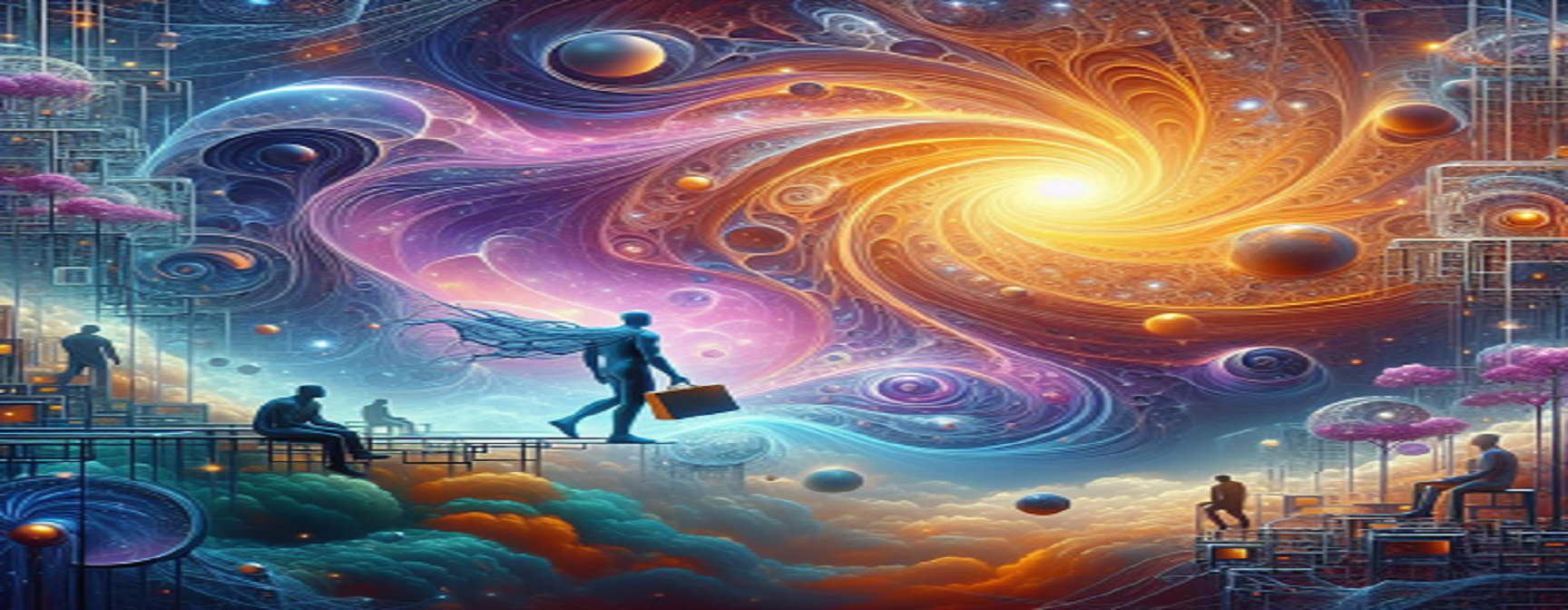Demystifying Generative Adversarial Networks (GANs): A Beginner's Guide to AI Creativity
Generative Adversarial Networks (GANs) have emerged as one of the most fascinating developments in artificial intelligence, revolutionizing how we create and perceive digital content.
From generating realistic images to composing music, GANs have unlocked a new realm of possibilities in AI creativity. In this blog post, we'll delve into the basics of GANs, how they operate, and their diverse applications in generating lifelike data across various domains.
Understanding GANs
At its core, a Generative Adversarial Network comprises two neural networks – the generator and the discriminator – engaged in a creative duel
The generator's role is to create synthetic data, such as images, text, or music, while the discriminator's task is to distinguish between real and fake data. Through a process of continuous competition and collaboration, these networks learn and improve iteratively.
How GANs Work
1. Generator
The generator begins by generating random noise as input and transforms it into data resembling the target domain, such as an image. Initially, its output is likely to be noisy and far from realistic.
2. Discriminator
Simultaneously, the discriminator receives both real data from the target domain and fake data produced by the generator. It learns to distinguish between the two, providing feedback to the generator.
3. Adversarial Training
As training progresses, the generator refines its output to become more indistinguishable from real data, while the discriminator becomes more adept at discerning real from fake. This adversarial process drives both networks to improve continuously.
Applications of GANs
1. Image Generation
GANs have gained widespread recognition for their ability to generate high-resolution, photorealistic images. From creating synthetic faces to generating landscapes and artwork, GANs have revolutionized image synthesis.
2. Text Generation
In the realm of natural language processing (NLP), GANs are employed to generate coherent and contextually relevant text. This includes tasks such as language translation, dialogue generation, and even storytelling.
3. Music Composition
GANs have also made strides in the field of music composition, where they can generate melodies, harmonies, and entire compositions. By learning patterns from existing music, GANs can produce original pieces in various styles and genres.
4. Data Augmentation
GANs are utilized to augment datasets for training machine learning models. By generating synthetic data, GANs help address issues of dataset scarcity and imbalance, enhancing the robustness and generalization of AI systems.
Conclusion
Generative Adversarial Networks represent a groundbreaking approach to AI creativity, enabling machines to produce realistic and novel content across diverse domains. From generating lifelike images to composing music and writing text, GANs continue to push the boundaries of what's possible in artificial intelligence. As research in GANs advances, we can expect even more remarkable applications and innovations, shaping the future of AI-driven creativity.
With GANs at the forefront of AI research, the possibilities for creative expression and innovation are truly boundless. As we continue to explore and harness the potential of these remarkable networks, we embark on a journey towards a future where machines are not just intelligent, but also inherently creative.









Leave a Reply